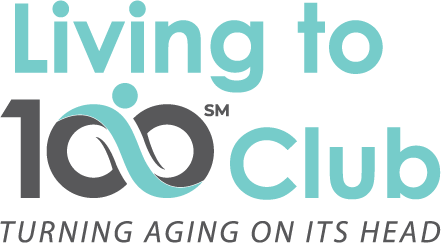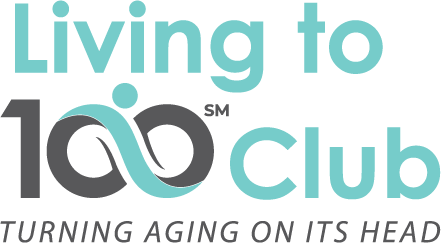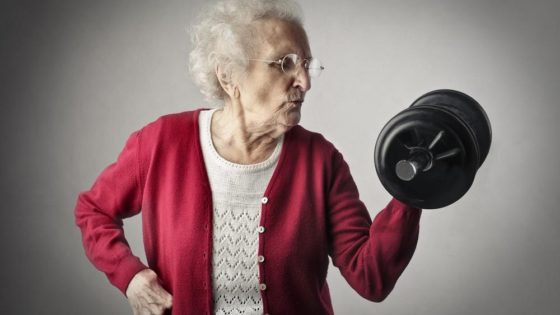Photo by Gerd Altmann
Parkinson’s disease is a disorder involving a deterioration of the central nervous system, especially the motor system, resulting in shaking, rigidity of the limbs, slowness, and reduced ability to walk. Eventually, thinking becomes impaired, and the mental decline eventually evolves into dementia. Other physical symptoms include sleep difficulty, depression, and involuntary motor movements. Though the causes are unknown and there is no cure, there are several medical treatments to address these symptoms, including medications, diet, rehabilitation therapy approaches, and in rare cases, surgically implanted electrodes for deep brain stimulation. The behavioral and emotional components of this disease, combining the motor loss and the mental decline of a dementia, make for an especially difficult chronic condition for the person affected and for the family.
The following is derived from the
Handbook of Health and Behavior: Psychological Treatment Strategies for the Nursing Home Patient
Joseph M. Casciani, PhD
This is part of a series where Dr. Casciani makes you aware of and informs you about series medical conditions your patient or loved one may be facing.
A more detailed, clinical, and complete description can be found in the handbook.
Medical Condition – PARKINSON’S DISEASE
Parkinson’s disease is a progressive and degenerative neurological disorder resulting in a loss in the ability to control body movements. Symptoms arise from a progressive impairment or deterioration of neurons in the substantia nigra where the neurotransmitter dopamine is produced. This results in reduced levels of dopamine and lead to motor control symptoms associated with Parkinson’s disease.
Causes of Parkinson’s Disease
Causes of Parkinson’s disease are unclear:
• genetics seem to play a role, particular in early onset Parkinson’s disease
• toxins, e.g., manganese, carbon monoxide, carbon disulfide
• body’s inability to rid itself of free radicals or abnormal free radical formation
Common Symptoms
Common Symptoms of Parkinson’s disease include:
• muscle rigidity – The muscle rigidity is often found in legs and neck. The muscles remain tense and contracted, and some patients feel pain and stiffness. Rigidity, or resistance to movement, affects most patients.
• bradykinesia/akinesia – Slowness of movement (bradykinesia) is one of the classic symptoms of Parkinson’s disease. Patients may develop a stooped posture and a slow, shuffling walk and eventually lose spontaneous and automatic movement. Gait can be erratic, unpredictable and result in falls. After a number of years, muscles may not move at all (akinesia).
• tremor – In general, tremor begins in the hands and arms. The tremor is often rhythmic and frequently involves rubbing thumb and forefinger together (pill rolling). Tremor is present when the limb is at rest or held up in an unsupported position and disappears briefly during movement. The tremors may affect only one part or side of the body, especially during early stages of the disease.
• changes in gait – This commonly includes the inability of the patient to swing his arms naturally while walking, taking short shuffling steps, “freezing spells,” and difficulty in maneuvering turns and corners.
• loss of balance, including forward or backward lean that can cause falls
• head shaking
• voice and speech changes (voice becomes softer with poor enunciation)
• progressive loss of gross motor skills and fine motor dexterity
• cognitive changes that progress to dementia; early changes include memory problems, disorientation, and confusion
• fatigue and sleep disturbance
• drooling
• skin problems, such as dandruff
• difficulty swallowing and chewing
• constipation
• urinary problems
• feelings of fear, anxiety, and depression
Common Medical Interventions
• Physical Therapy – The goal of physical therapy is to improve independence and quality of life by improving movement and function and relieving pain. Patients are typically taught exercises to improve flexibility and range of motion, movement techniques and strategies, and use of equipment to compensate for loss of coordination.
• Occupational Therapy – The goal of occupational therapy is to improve the patient’s activity and function in daily life. Occupational therapy provides treatment and recommendations in the following areas:
o arm and hand therapy
o handwriting aids
o eating and dinnerware adaptations
o manual or electric wheelchair use
o bathtub and toilet equipment use
o dressing and grooming aids
• Restorative Nursing Assistance (RNA program) – RNA programs usually takes over after the patient is no longer receiving physical therapy and provides exercise (range of motion, stretching, and walking) and feeding assistance.
• Speech Therapy – The goal of speech therapy is to assess, treat and provide recommendations in problem areas such as speech, swallowing, eating, and saliva management. Swallowing problems increase the risk of aspiration and pneumonia.
• Medications – While there is no cure for Parkinson’s disease, medications help in managing symptoms. Most commonly prescribed are levadopa (helps the brain produce dopamine and an effective medication for controlling bradykinesia and rigidity) and dopamine agonists (that activate dopamine receptor site) such as ropinirole and pramiprexole.
What are the Medical Consequences?
As the disease progresses, there is a continuing, steady decline in functioning, including motor control, cognitive ability, communication skills, and self-care skills.
What are Contributing Factors?
Depression can actually increase the physical effects of Parkinson’s disease. It can reduce motivation and striving in physical, occupational, and speech therapy, RNA, and exercise programs. Similarly, anxiety can result in greater muscular tension, pain, hypervigilance, and preoccupation with medical issues resulting in avoidance and constriction. Further, non-compliance with the treatment plan and lack of cooperation with therapies, medication, diet, safety issues, and positioning will likely exacerbate the symptoms.
What Negative Attitudes can Develop?
• belief that nothing can be done to better manage or cope with the condition
For Professionals – Themes And Strategies in Behavioral Treatment can be found in the Handbook.




